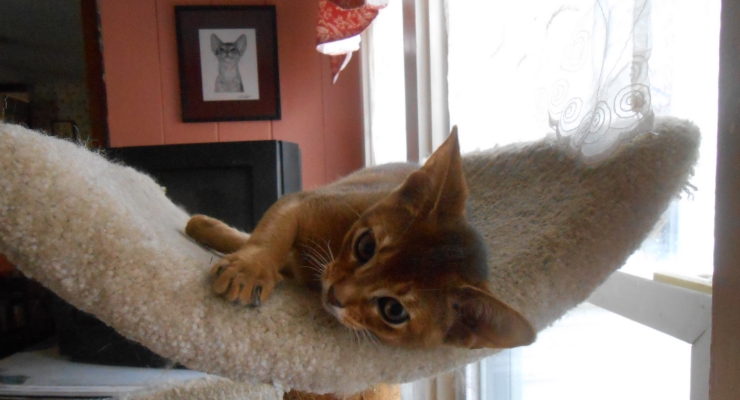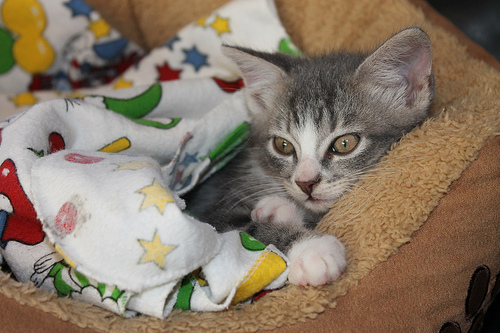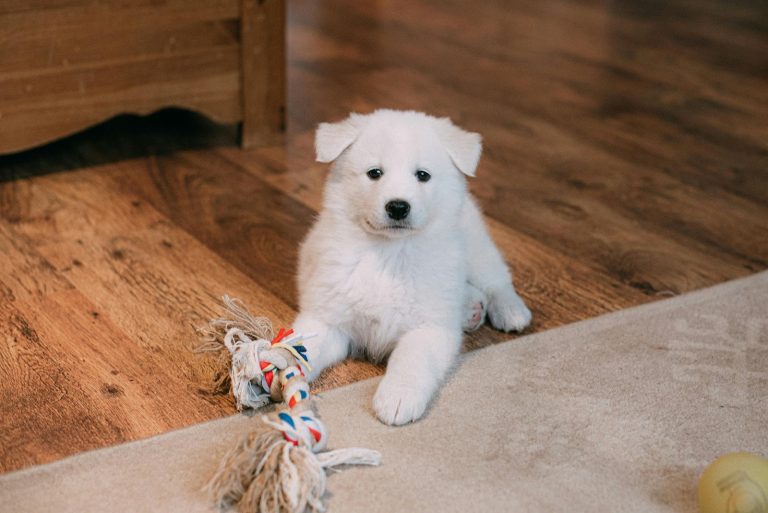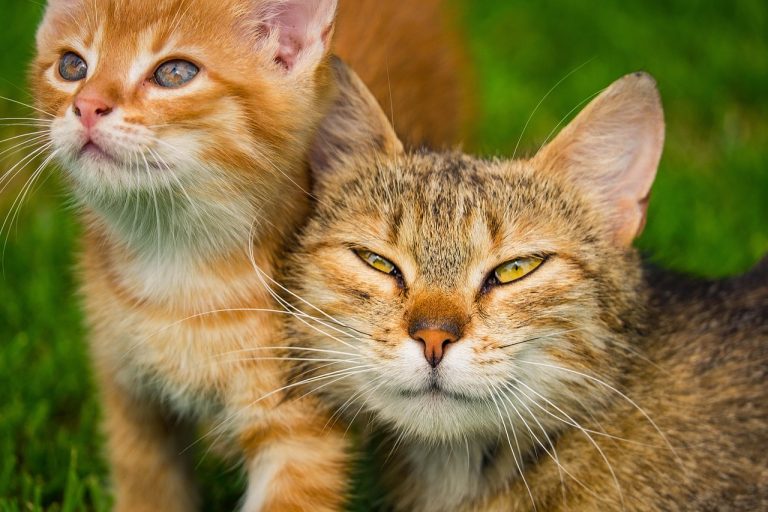How to Socialize Your Kitten (It’s Not So Complicated)
Even feral kittens can be tamed and become loving companions. Read more about how to get started on acclimating your new kitten to your home.

We have a new kitten — Solstice II, a Ruddy Abyssinian with big eyes and a spitfire personality.
She was already a little over 3 months old when she arrived in early November. I set her up in my study, where most of our kittens and fosters have started out. Solstice, however, had other ideas and, within a couple of days, had won her freedom.
It actually worked out better this way. Underneath all her sass, Solstice was lonely for her old home and littermates. So she’d curl up on my lap and let me handle her. Soon she was comfortable with me stroking her paw pads and checking those big eyes and ears.
All these things come in handy if you ever have to medicate, clean ears or remove foreign objects. They also help you socialize or bond with your kitten.

Don’t leave your pet’s safety to chance
Sign up for Petful recall alerts today.

The Huge Impact of Socialization
All kittens need socialization. It is, as Catster puts it, “the process of developing trust in your cat and acclimating her to people and other animals in her home environment.”
Socialization can mean the difference between a friendly, outgoing kitten and an aggressive or fearful one. It can also mean the difference between being adopted and not being adopted.
2 Kittens Better Than One?
Adopting 2 kittens at the same time is often a good move.
They help each other “tame down,” as we discovered when we adopted Kilah, a wild tortoiseshell barn kitten. We dropped her off at our house then hurried back to the farm and caught one of her siblings.
The littermate, Cricket, came around first. Kittens learn by observation: After watching her sister with us, Kilah concluded we were safe and began to demand her share of attention. In time, she became one of the gentlest, most affectionate cats I’ve ever known.

Socializing Feral Kittens
“Kittens that are not exposed to humans early in their lives learn from their mothers and quickly become feral,” according to The Feline Fix. “However, if they are caught and handled at a young enough age, feral kittens can be socialized and placed in loving homes.”
They estimate that kittens under 4 weeks old take “a matter of hours or days to socialize.”
Older kittens take longer, naturally, and kittens who are 10 weeks or older “can also be tamed, but it may take much longer and many times they will only tame to the person working with them and remain wild with strangers.”
Feral kittens usually need to be separated from their colonies for socialization to have a chance.
You will need:
- Room: One “that can be closed off, like a bathroom or spare bedroom,” suggests Alley Cat Allies. “This will give you easy access and won’t give them an opportunity to hide in a hard-to-reach spot.” Make sure that the room has windows — after all, you’d want light, too — but also that there isn’t a lot of noise. The kittens will feel safer.
- Cage: At least in the beginning. Alley Cat Allies suggests a nylon cage for very young kittens, who are apt to slip through wires.
- Box: A small box with blankets that they can retreat to while they ponder the giant humans.
- Food: They need to see you as the bringer of edibles.
- Patience: Socializing time varies according to a number of factors, including the kitten’s personality. In other words, it takes as long as it takes.
Handle Your Kitten Every Day
breed for health and personality. They know how important it is for the kittens to be handled early.
“I like to get my kittens accustomed to things they will face in their lives,” explains Havana Brown breeder Peg Kinter. “The kittens get handled every day, several times for short periods. They get touched everywhere! Ears, eyes, tummies, feet… They get held upside-down, they get held over my head.”
Kinter also makes sure that her kittens are used to carriers, cages, collars and harnesses. She takes them to the vet’s office, “sometimes just to spend the day there with all the hustle and bustle and different people.”
“Early regular exposure doesn’t necessarily mean that the cat will like those things,” Kinter remarks, “but it usually means the cat will tolerate them and be less fearful in new or stressful situations.”
For more advice on socialization of kittens, check out the quick video below:








